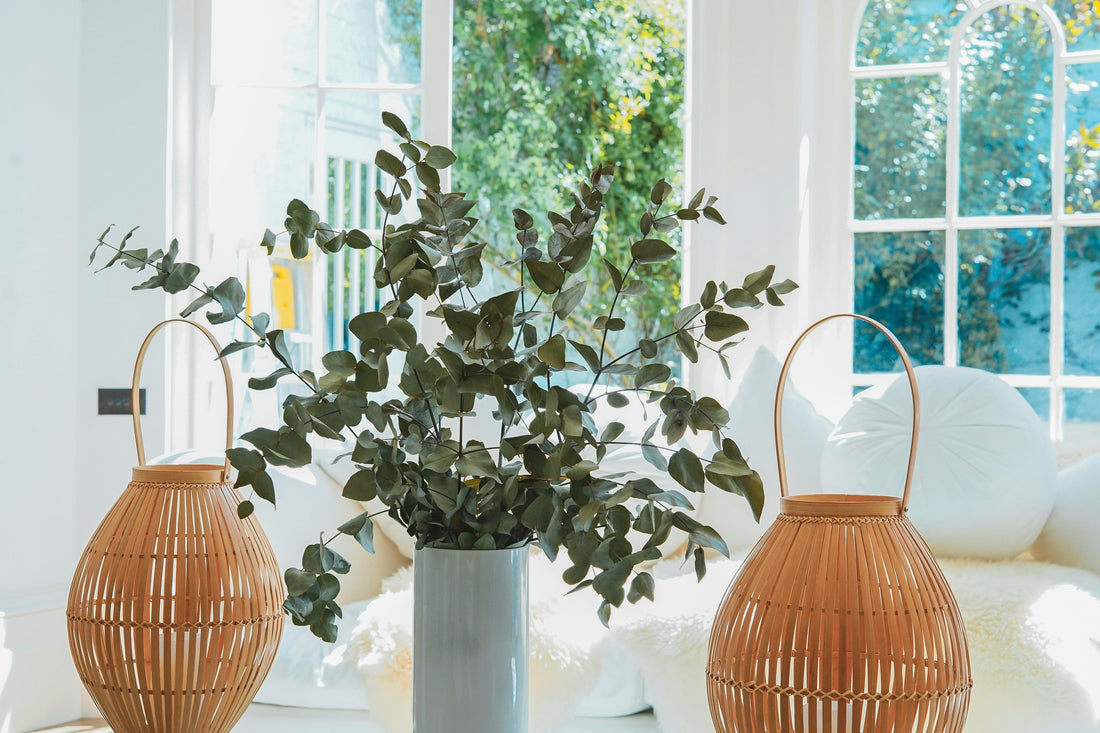
A Century of Style: The Evolution of Home Decor
Kora MosesHome interiors have long served as a reflection of the world beyond their walls. Influenced by social trends, technological developments, and changing lifestyles, interior design evolves alongside broader cultural movements. From furniture choices to color palettes, each era brings its own priorities and aesthetics—shaped by the context of the time.
In the early 20th century, Art Deco introduced sharp geometry, symmetrical patterns, and a fascination with industrial progress. This style emphasized visual order and structure, often paired with decorative elements that hinted at advancement and aspiration. As the century progressed, post-war optimism in the 1950s reshaped domestic life. Mid-century homes featured pastels, streamlined furniture, and the introduction of synthetic materials, reflecting new manufacturing techniques and a growing consumer culture.
By the 1970s, design turned inward, drawing on natural materials and handmade elements. Interiors often included macramé, wood paneling, and subdued earth tones, highlighting a desire for grounding during a period of social change. In contrast, the 1980s took a more expressive route. Patterns became louder, spaces more layered, and surfaces more reflective—resulting in bold interiors that mirrored an era of experimentation and display.
The 1990s marked a notable shift. Simplicity and functionality took precedence, giving rise to minimalist design. Neutral tones, clean lines, and a reduction of visual clutter became defining features. This continued into the early 2000s, when open-plan layouts and versatile furnishings catered to fast-paced lifestyles and smaller urban spaces.
Today’s interiors are less about strict adherence to a single style and more about purposeful mixing. It’s common to see vintage finds placed next to contemporary pieces, or handcrafted items displayed alongside modular furniture. The result is a layered aesthetic that reflects individuality and personal narratives. The global exchange of ideas—accelerated by digital platforms—has also expanded access to design influences from around the world, contributing to more eclectic and informed interiors.
Environmental awareness is another defining influence in contemporary design. More individuals consider the long-term impact of their purchases, opting for items made with longevity in mind or created using methods that reduce resource use. This shift in mindset is gradually shaping the materials, production methods, and sourcing practices behind many pieces found in the home today.
Looking back at the design movements of previous decades helps clarify the role of interiors as both mirrors and markers of time. Each era’s aesthetic tells a story—not only of taste, but of shifting priorities, evolving technology, and social change. In this way, home design continues to adapt—quietly recording the way people live, connect, and define their place in the world.
A home, then, becomes more than a collection of objects or colors. It becomes a timeline, made visible through design.
